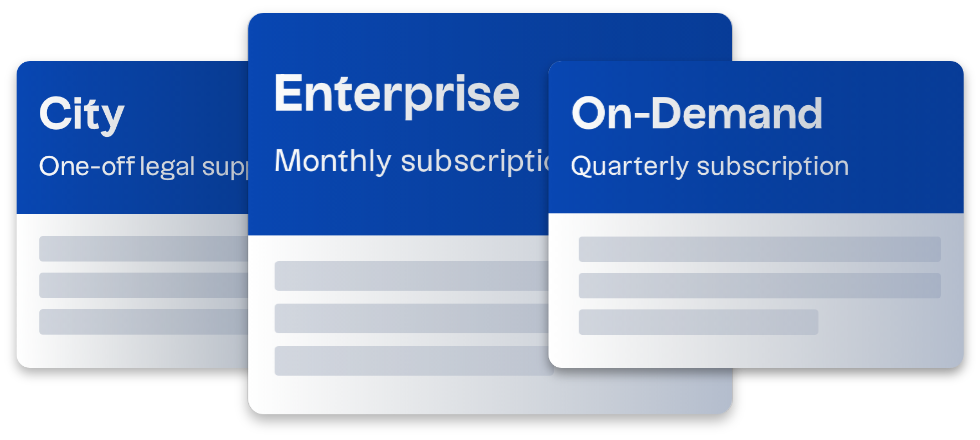There are various routes which can be taken if you wish to wind down your business, some of which are designed to either rescue, or bring to an end, a company in financial difficulties, and others which are required when a solvent company has stopped trading and needs to be brought to an end. For an overview of these procedures, please see Corporate insolvency: what are the options for your business?
A Member’s Voluntary Liquidation or MVL, is a procedure which brings to an end in an orderly manner a company that no longer wishes to trade, ensuring that all company assets and any remaining liabilities are dealt with correctly under legislation before removing the company from the Register at Companies House.
Here, we explain the procedure and practical issues to be considered, however if you would like legal advice on either solvent or insolvent procedures, we recommend you speak with our insolvency and recovery solicitors.
Jump to:
What is an MVL?
An MVL is a members’ led process that applies to a company that is solvent, but for whatever reason no longer wishes to carry on its corporate life. It may be that the directors or shareholders want to move in different directions and cash in their investment, or the company has come to the end of its natural life for any number of reasons.
When can a company use an MVL?
An MVL can be used only when a company is solvent. The majority of directors must swear by way of a declaration of solvency that the company is able to meet all of its debts (both current and contingent) in full with interest within a period of not more than 12 months. If such a declaration is not possible, then the company should look at alternative winding up methods.
There are serious consequences personally for directors if they swear a false declaration of solvency, including a fine or even imprisonment, so it is vital that the full financial position of the company is accurately assessed by the directors, and usually in advance in consultation with the proposed liquidator.
Who initiates the MVL?
If the directors have agreed that, following a full review of the company’s finances, they can safely make a declaration of solvency, the company’s members must vote on the MVL by passing a special resolution to place the company into MVL. A special resolution requires a notice period to be given of 14 days.
Once the members have passed the special resolution, and no later than 5 weeks after the special resolution is passed, the company must then call a general meeting where they will appoint a licenced insolvency practitioner (IP) to act for it as a member’s voluntary liquidator (liquidator).
What is the process for putting a company into MVL?
Once the meetings have taken place and the resolution is passed, and the liquidator appointed, notice of the resolution to wind up must be filed with the Registrar of Companies and published in the London Gazette within 14 days.
The Declaration of Solvency must also be filed with the Registrar of Companies no later than 15 days after the passing of the winding-up resolution.
No later than 28 days after appointment, the appointed liquidator must give notice to all creditors of the company of whom they are aware. The directors must provide accurate details to the liquidator of all creditors to enable this to happen.
What is the role of the liquidator in an MVL?
The liquidator’s role is to gather in all of the company’s assets, repay any outstanding creditors, and once all creditors are paid in full, then distribute the remaining assets to the shareholders depending on their shareholding.
The liquidator is an independent professional and acts as an agent on behalf of the company. They have many duties and powers as liquidators and must act independently and in the best interests of the company and creditors as a whole.
A liquidator will usually request an indemnity from the shareholders to cover a situation where, having distributed all assets to the shareholders, if it later transpires that a previously unknown outstanding creditor or creditors requires payment, the shareholders who received a distribution will repay monies to the company to meet these creditors.
If once they have assessed the company situation it transpires that the company is not able to pay all of its debts in full within 12 months, the liquidator will move the process into a creditors voluntary liquidation (CVL), which is a process which applies to insolvent companies. For more information on this see: Corporate insolvency: Creditor’s Voluntary Liquidation explained.
What is the effect of an MVL?
The company will cease to trade, and the liquidator will take control of the company. They will deal with any creditors, assets and distributions to be made.
Usually once a liquidator has been appointed all the powers of the directors cease unless the company in a general meeting or the liquidator allows them to continue, which might be necessary for limited practical purposes. Otherwise control of the company in liquidation falls solely to the liquidator.
Shareholders retain some control in an MVL (unlike an insolvent liquidation) and retain the power to appoint the liquidator.
How much does an MVL cost?
An MVL is almost exclusively run by a licenced insolvency practitioner, and the cost will depend on their hourly rate, and/or if they will undertake a fixed fee. Hours spent will be dependent on how big the company is, the amount and type of assets to be collected and liquidated, how many creditors must be dealt with, and whether there are any disputes over assets or shareholder disputes.
An MVL can cost anywhere between around £2,500 - £4,000 for a fairly straightforward case, to more if there are complications. Any company considering an MVL should get an idea of costs from their recommended IP before making a decision.
How does a company exit from an MVL?
Once all assets are gathered, creditors paid and all monies are distributed, then the liquidator must file a report of the liquidation with the members and send the same to the Registrar of Companies.
At that point, the liquidator will vacate office, and once the report and notice of vacation is filed with the Registrar of Companies, then after 3 months Companies House will automatically dissolve the company from the Register.
However, if at any time during the MVL the liquidator forms the view that the company is not going to be able to pay its debts in full with statutory interest as set out in the declaration of solvency, they must provide the creditors with a notice to this effect and must then seek a nomination from the creditors to be made liquidator in the CVL, and move the company into an insolvent liquidation. For more information on this see: Corporate insolvency: Creditor’s Voluntary Liquidation explained.
Advantages of an MVL
Using a professional liquidator to wind down the affairs of the company in an orderly manner can save time and avoid disputes. A liquidator will ensure there are no loose ends that may cause complications later, dealing with all creditors and situations that arise.
Using a professional liquidator is key if there is any possibility of disputes among the shareholders. They are impartial and independent and will deal with the assets and debts in line with requisite legislation.
Disadvantages of an MVL
If a company’s affairs are very straightforward, there are minimal assets and no outstanding debts, and there is no chance of shareholder fall out, it may be less expensive for the directors to deal with the affairs and then move the company to dissolution at companies house.
However, this should only be used in very straightforward cases, in case of comeback later on, which can be complicated and costly to deal with.

